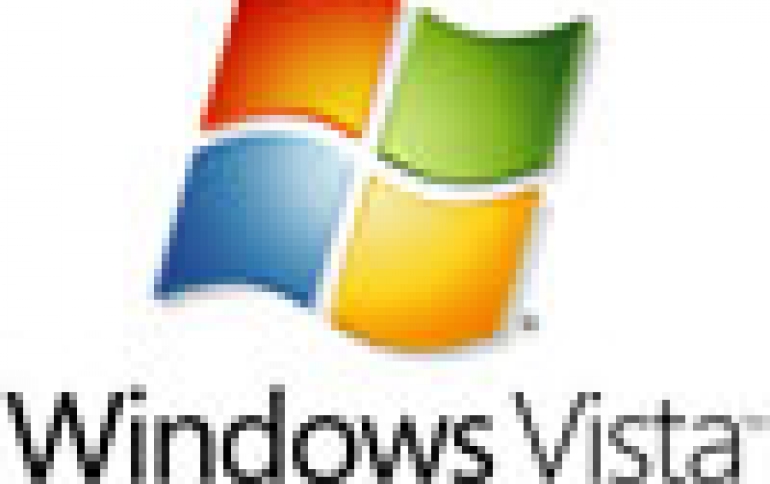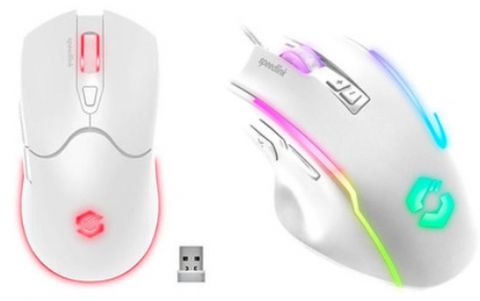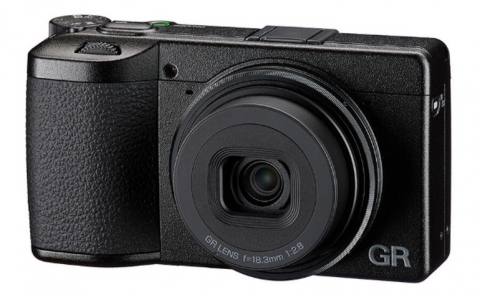
Longhorn Is Watching You
Highly anticipated next-generation OS "Longhorn" or - after the latest official announcements- "Vista", will feature sophisticated A/V output content protection mechanisms, if not lock down the PC as someone would say, in an effort to comply to entertainment industry demands.
According to Microsoft, the protection of High-definition content is essential in order to offer the user the chance to manage and share digital media content across the traditional PC/CE boundaries. HD displays are now becoming available in the mass market, the content producers do not want to release this content for use on the PC without assurances that it will be protected against unauthorized copying and distribution. The challenge to Microsoft and the hardware community is to meet both of these (sometimes conflicting) needs with a high-quality.
The security associated with video and audio rendering on the Longhorn platform include authentication procedures between hardware (graphics cards, mainboard chipsets etc), encryption of video samples and control of output protection mechanisms. Microsoft also dictates robust rules to hardware manufacturers in order to natively support these security schemes.
PVP-OMP: Protected Video Path
Output Protection Management (PVP-OPM) technology makes sure that the PC?s video outputs have the required protection. The feature affects the operation of graphics cards and their video outputs. According to Microsoft, in case the HD video content is not authorized and copy protected, the outputs will be possibly turned off. In addition, any digital video output from a graphics card (HDMI of DVI) should feature the HDCP protection. Since the DVI output currently does not offer any protection when playing premium content such as HD-DVD and Blu-Ray DVD, PVP-OPM will be required to turn off or constrict the quality of unprotected DVI.
As a result, a regular DVI monitor will either get slightly fuzzy or go black. In case of analogue outputs (ie TV-OUT, YPbPr outputs, S-Video, Composite), they should support Macrovision and CGMS-A protection. The latter will mean a downscaling of the video information (resolution) when an unprotected output such as analog VGA is present.
Before PVP-OPM the operating system will verify whether a valid graphics subsystem is present (authentication), to avoid sending content to a hacker?s emulation device, which would behave like the graphics chip.
PVP-UAB: Protected Video Path - Bus Encryption
This is a second stage of protection. PVP provides encryption of HD content as it passes over the user-accessible PCIe bus to discrete graphics cards. PVP-UAB is designed to protect video samples from unauthorized access as they pass over a user-accessible bus.
PVP-UAB provides the last internal link in the Longhorn content protection chain, to ensure that the HD video content makes it from the Longhorn Protected Environment to being rendered on the card without a copy of the content being stolen. The PCIe bus involves complex key mechanisms, authentication, and encryption. The decryption will be done by the GPU, if the content is valid.
The plan is for PVP-UAB to be part of the Advanced Scheduler Longhorn Driver Model release, which is planned for after the initial release of Windows Longhorn.
Microsoft also plans to secure the HD audio with the Protected User Mode Audio (PUMA) engine. In addition, Protected Audio Path (PAP) is a future initiative under investigation for how to provide encryption of audio over user accessible buses.
It is clear that we are entering a new era in the PC industry. All these "enhancements" in the future OS would require the significant coordination from technology companies, entertainment companies, government regulators and service providers. Hardware GPU manufacturers NVIDIA and ATI have already supported the Longhorn concept, together with Intel. The question would be whether such a concept would be feasible in practice. Microsoft has possibly delayed the launch of "Vista" (Longhorn) due to the issues faced in the implementation and the cooperation with the industry. And if by some miracle they were to achieve all this, there's no guarantee that within a couple of months after its release, some bright spark won't have cracked the protection scheme.
In the end, what a system like this will most likely achieve is to make it very awkward for the average PC user to use such a system which will possibly deter the user from using it altogether. It will certainly make it very difficult (even impossible) for the average user to copy unauthorized material but that won't be the case for Professional Pirates who could well see a new window of opportunity opening up to them. For what was once possible with a plain DVD burner and some free software, will now only be possible with very sophisticated equipment.
The security associated with video and audio rendering on the Longhorn platform include authentication procedures between hardware (graphics cards, mainboard chipsets etc), encryption of video samples and control of output protection mechanisms. Microsoft also dictates robust rules to hardware manufacturers in order to natively support these security schemes.
PVP-OMP: Protected Video Path
Output Protection Management (PVP-OPM) technology makes sure that the PC?s video outputs have the required protection. The feature affects the operation of graphics cards and their video outputs. According to Microsoft, in case the HD video content is not authorized and copy protected, the outputs will be possibly turned off. In addition, any digital video output from a graphics card (HDMI of DVI) should feature the HDCP protection. Since the DVI output currently does not offer any protection when playing premium content such as HD-DVD and Blu-Ray DVD, PVP-OPM will be required to turn off or constrict the quality of unprotected DVI.
As a result, a regular DVI monitor will either get slightly fuzzy or go black. In case of analogue outputs (ie TV-OUT, YPbPr outputs, S-Video, Composite), they should support Macrovision and CGMS-A protection. The latter will mean a downscaling of the video information (resolution) when an unprotected output such as analog VGA is present.
Before PVP-OPM the operating system will verify whether a valid graphics subsystem is present (authentication), to avoid sending content to a hacker?s emulation device, which would behave like the graphics chip.
PVP-UAB: Protected Video Path - Bus Encryption
This is a second stage of protection. PVP provides encryption of HD content as it passes over the user-accessible PCIe bus to discrete graphics cards. PVP-UAB is designed to protect video samples from unauthorized access as they pass over a user-accessible bus.
PVP-UAB provides the last internal link in the Longhorn content protection chain, to ensure that the HD video content makes it from the Longhorn Protected Environment to being rendered on the card without a copy of the content being stolen. The PCIe bus involves complex key mechanisms, authentication, and encryption. The decryption will be done by the GPU, if the content is valid.
The plan is for PVP-UAB to be part of the Advanced Scheduler Longhorn Driver Model release, which is planned for after the initial release of Windows Longhorn.
Microsoft also plans to secure the HD audio with the Protected User Mode Audio (PUMA) engine. In addition, Protected Audio Path (PAP) is a future initiative under investigation for how to provide encryption of audio over user accessible buses.
It is clear that we are entering a new era in the PC industry. All these "enhancements" in the future OS would require the significant coordination from technology companies, entertainment companies, government regulators and service providers. Hardware GPU manufacturers NVIDIA and ATI have already supported the Longhorn concept, together with Intel. The question would be whether such a concept would be feasible in practice. Microsoft has possibly delayed the launch of "Vista" (Longhorn) due to the issues faced in the implementation and the cooperation with the industry. And if by some miracle they were to achieve all this, there's no guarantee that within a couple of months after its release, some bright spark won't have cracked the protection scheme.
In the end, what a system like this will most likely achieve is to make it very awkward for the average PC user to use such a system which will possibly deter the user from using it altogether. It will certainly make it very difficult (even impossible) for the average user to copy unauthorized material but that won't be the case for Professional Pirates who could well see a new window of opportunity opening up to them. For what was once possible with a plain DVD burner and some free software, will now only be possible with very sophisticated equipment.





















